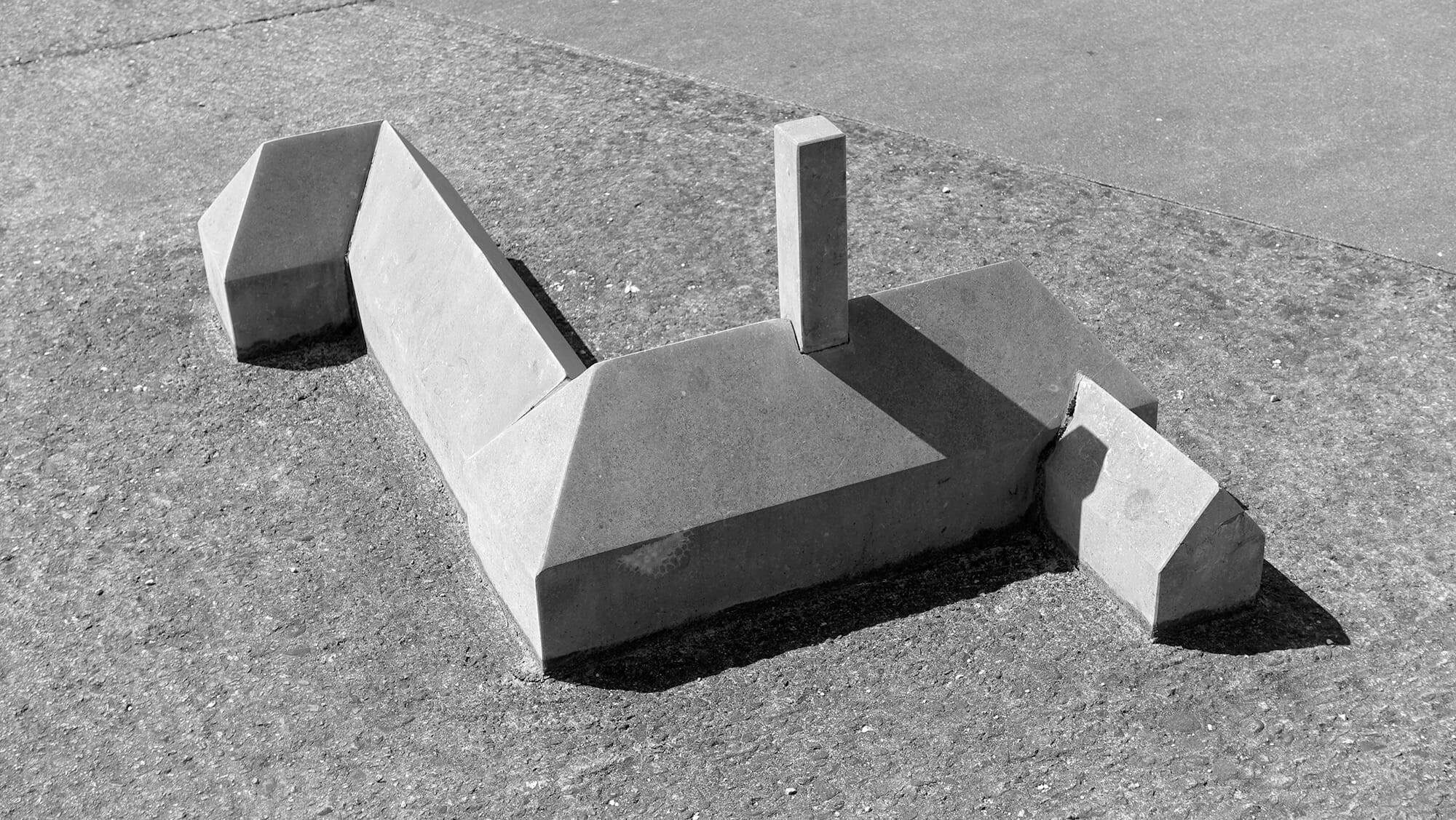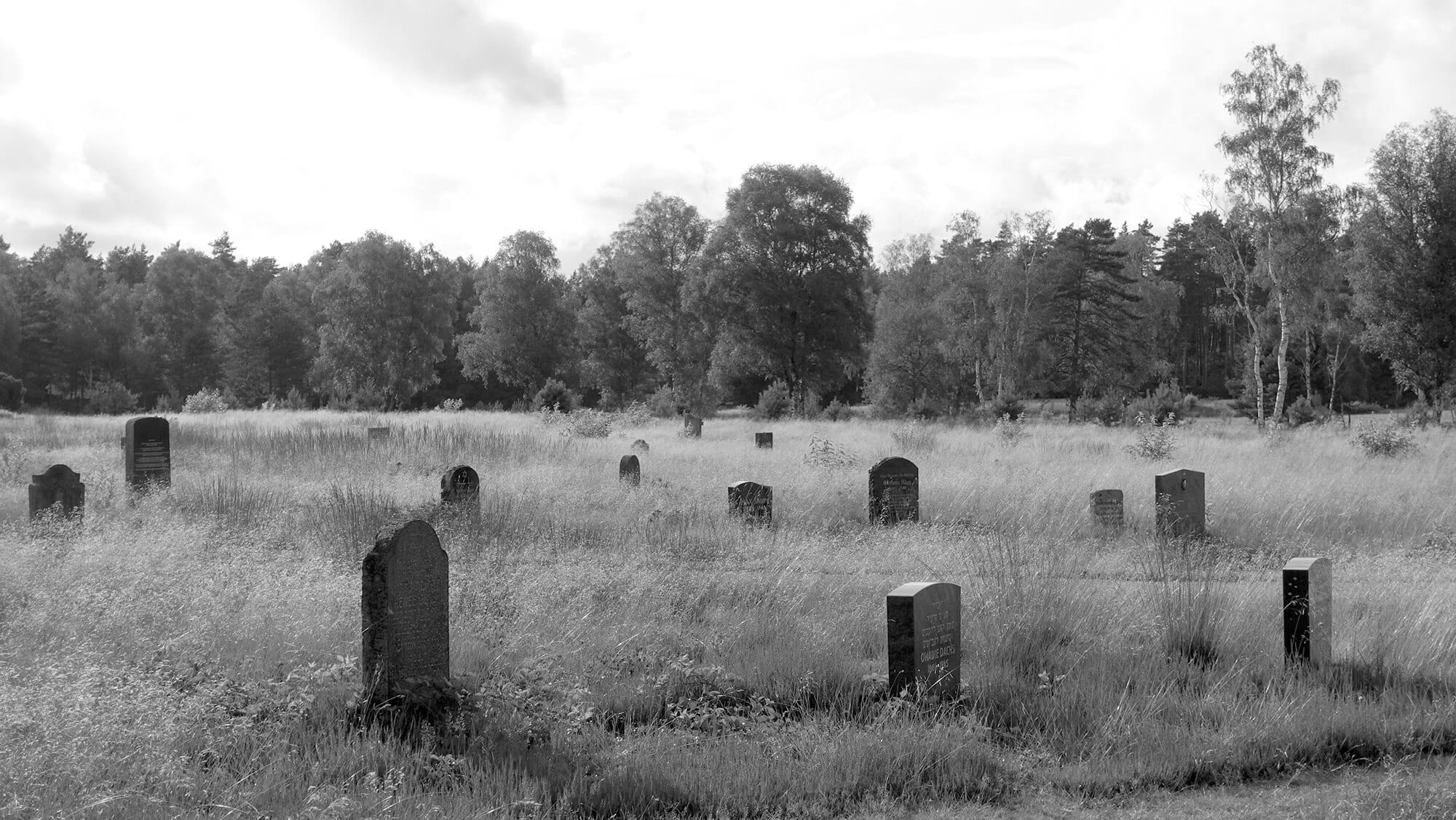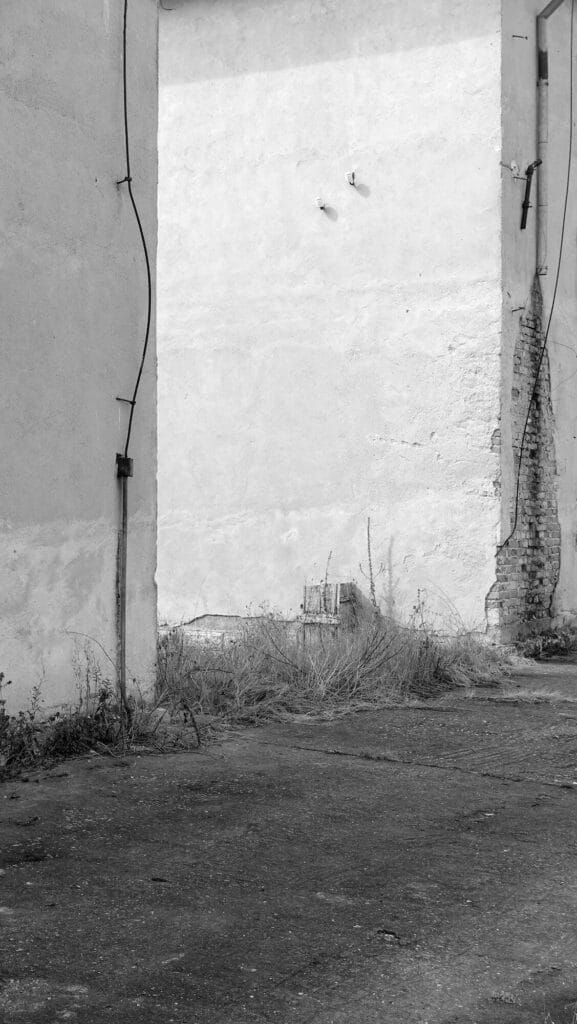Far Away From Home:
The Voices, the Body and the Periphery
Hristina Tasheva
Hristina Tasheva was born in 1976 in communist Bulgaria. In 1989 the communist utopian experiment came to its end in Bulgaria. Tasheva has been living in the Netherlands for twenty years now. She walked the path from an illegal immigrant to a holder of Dutch nationality. She is still struggling to find her place in society. Some time ago she was asked: “Are you a communist ?” A difficult question to answer. Being a communist means something completely different in the historical context in the Netherlands than it does in Bulgaria. In her book Far Away From Home: The Voices, the Body and the Periphery she tries to find an answer.

Far Away From Home is an investigation of the historical events. The information is drawn from the collective and individual memory that can be found in both countries. Engaging with history and realizing that what is remembered of the past tells us who we are. And how can nations with such different pasts and identities work together towards a shared future. Something that is more relevant now than ever.

The book is organised chronologically. Starting point is the Reichstag fire trial, between the 21st of September and 23rd December of 1933. Here the road of the Dutch and Bulgarian communists crossed each other for the first time. Dutch Marinus van der Lubbe and Bulgarian communists Georgi Dimitrov, Blagoj Popov and Vasil Tanev together with German Ernst Torgler were tried for setting fire to the Reichstag. This historical event forms the Prologue of the book.

Then, in the first part, Hristina Tasheva examines the fate of the Dutch communists. They played an important role in the resistance against Nazi Germany. Many lost their lives in prisons and Nazi concentration camps. They did not, however, receive real recognition for their deeds after the Liberation. Communist ideology was seen as a great danger and communists were excluded from the ruling government.

In the second part she asks herself what makes the difference between being a victim or a perpetrator. And how other people will see her. In specific times in history one could be considered a victim and at other times a perpetrator. In this part she uses her own body as a model. Inspired by Pernkopf Anatomy: Atlas of Topographical and Applied Human Nature by Eduard Pernkopf. This book was long considered as the best example of anatomical drawings in the world. Until it was revealed that these were drawings of bodies of Nazi concentration camp prisoners.

The third part is about the criminal deeds of the Bulgarian communists to realize a communist utopia. In Bulgaria the communists became the main ruling political power after the war, which today is declared criminal and totalitarian. Nevertheless a big part of the present political establishment has ties to the former communist State Security Service. The epilogue shows pictures of her youth from her family archive.

Text is used to represent the voices from the past. Drawings of her body represents the victims and perpetrators. And photographs of the periphery, where Nazi and communist concentration camps were built, show the places where torture and death were exercised.

Far Away From Home: The Voices, the Body and the Periphery
Photographer: Hristina Tasheva
Self-published in 2023
Softcover, thread sewn binding, spine lined with black linen strip, 21 x 29,7 cm
456 pages, 365 black and white photographs, photocollages and drawings.
A flower is placed between the pages of the book, gathered during the author’s visits to Dachau and Mauthausen concentration camp memorials.
Short story by Lucette ter Borg
Winner of the Kraszna-Krausz Photography Book Award 2024
Shortlisted for the Paris Photo – Aperture Photobook of the Year Award 2023
Shortlisted for the Les Rencontres d’Arles Photo-Text book Award 2023
